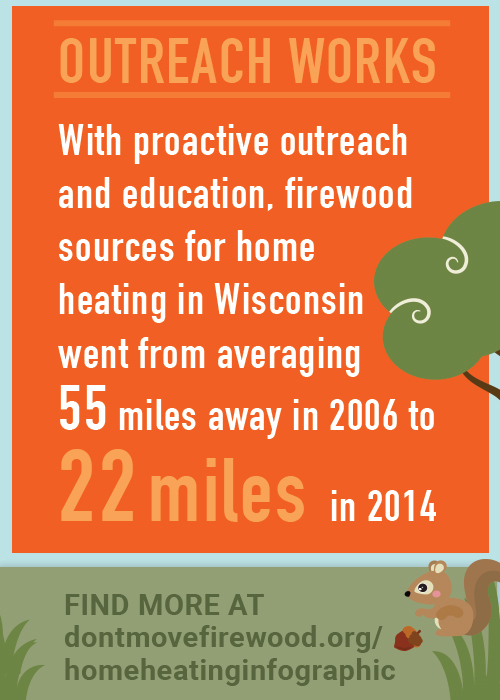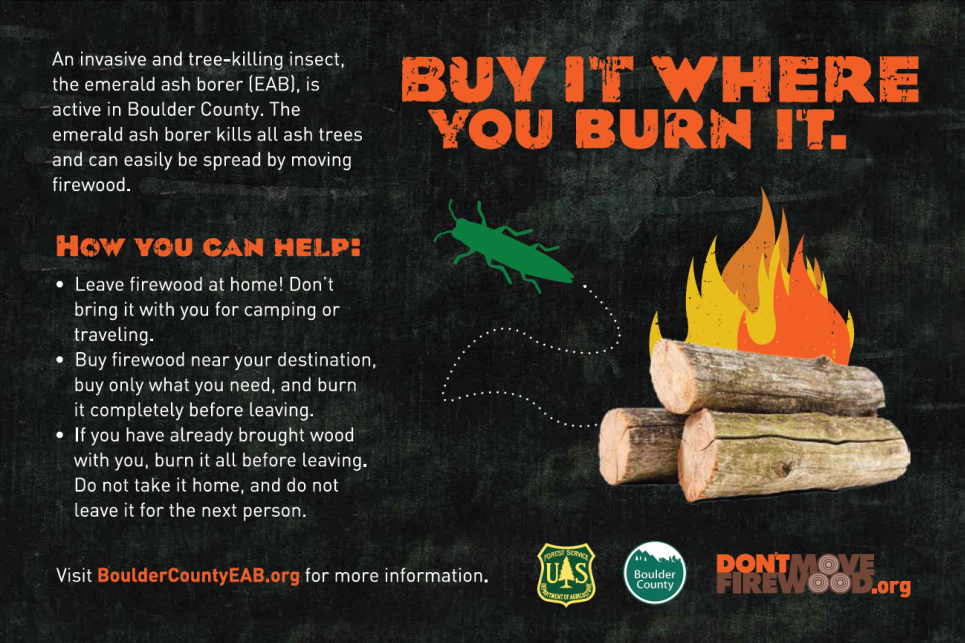Firewood is an important source of heat for many people- and you can help neighbors in need by donating extra firewood to a local wood bank. Donating extra firewood to a wood bank is a lot better then just giving it away on the roadside. The use of firewood given to a woodbank is almost always restricted to residents of the immediate town, city, or county, as opposed to firewood just left to take at the roadside (which might be moved hundreds of miles by the end of a single day). Keeping firewood local is the best way to prevent the movement of forest pests- and to help your neighbors in need.
Wood banks are usually run by a local group like a community center, church, senior center, power company, local tree service, or regional food bank. Sometimes, wood banks coordinate with the federally run Low Income Home Energy Assistance Program to offer wood supplies as part of that assistance program. Often, wood banks are in direct cooperation with state or county forestry agencies, which helps ensure that the wood is being sourced and given away with proper respect to pest quarantine boundaries. Wood banks typically provide firewood to residents experiencing financial or logistical difficulties, such as families in need or low income senior citizens. To find out if your city, town, or county has a wood bank, search on the internet for “wood bank firewood” and then the name of your municipality and state, such as “wood bank firewood springfield missouri.” Not all areas have a wood bank, so if you try a few combinations of searches and nothing comes up, there may not be a wood bank in your region.
Here are some examples of places that have a wood bank:
- Athol Community Wood Bank, Massachusetts
- Hillsborough County Wood Bank, New Hampshire
- Ruby Valley Wood Bank, Montana
- Chizh for Cheii, Navajo Nation
Here at Don’t Move Firewood, we highly recommend you consider donating any extra firewood you have on your property to a community wood bank near you (if there is one!). You will be helping your community, and by keeping your firewood use local you will also be helping trees.












.png)







